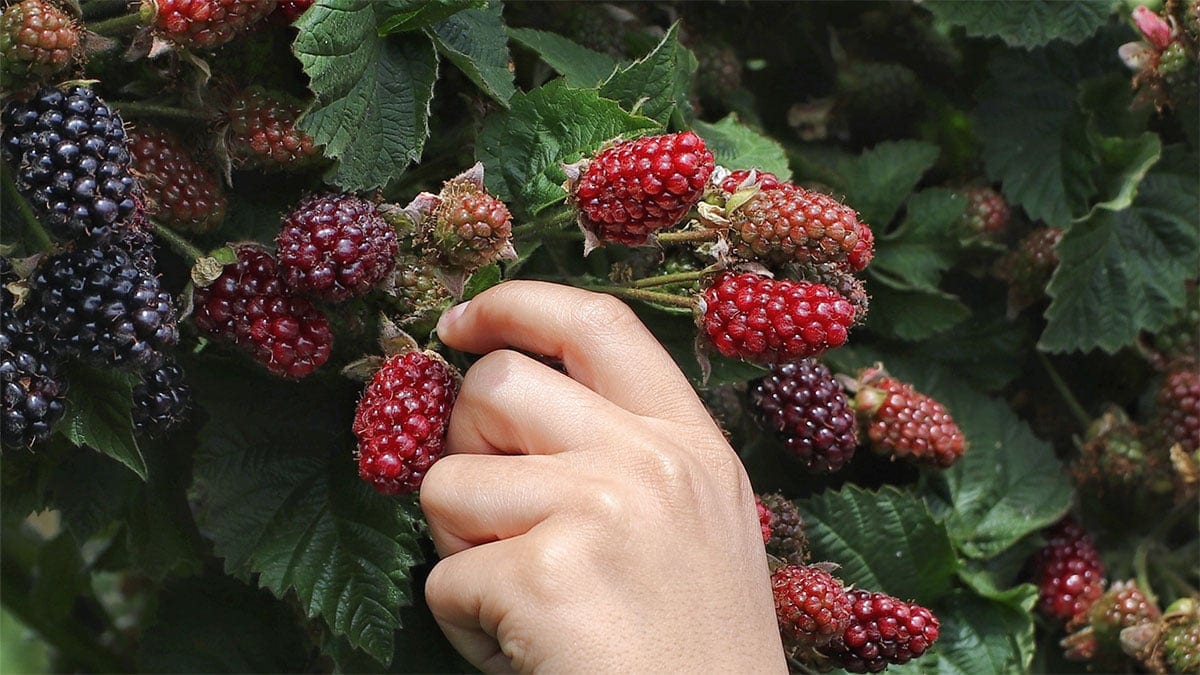Unprocessed, unchanged, and original are the new norm in the food & beverage industry

Today, consumers take a great interest in which components are used in the products they eat and drink. This trend, which dominates the food and beverage industry is often summarized under the umbrella clean label.
The clean label-trend is not a new thing. The term itself appeared for the first time during the 1980s when consumers started to avoid E-numbers listed on food labels. However, the use of the term “clean label” skyrocketed ten years ago, and the food industry started to respond to the increasing consumer demand of such clean label products by supplying food products that are perceived as ‘cleaner’.
According to Associate Professor Birgir Norddahl from the University of Southern Denmark, demand for natural products and ingredients is one of the strongest trends in the Food & Beverage industry.
– Nowadays, the attribute “natural” is one of the most-used claims in food marketing, probably because it seems to improve the consumer’s quality perception of food products,
says Birgir Norddahl and adds:
– To ensure that brands and producers do not fall behind the ever-evolving clean label trend, they must use clean ingredients, take stock of their processing methods, and consider their ingredients association with a clean conscience.
Information and transparency are key to consumer
Some production methods are perceived as less natural e.g., conventional agriculture while some food components are unhealthy and unfamiliar like artificial additives. This phenomenon, often referred to as the “clean label” trend, has driven the food industry to communicate whether a certain ingredient or additive is not present or if the food has been produced using a more “natural” production method e.g., organic agriculture.
– Consumers in industrialized countries today are much more interested in information about the production methods and components of the food products that they eat. This means that the food & beverage industry to a larger extend must consider how they process, create, and deliver their products to consumers, says Birgir Norddahl.
How to retain clean ingredients
Natural food products can have hundreds of different flavor compounds, often volatile, that provide its unique taste. Retaining all of these is something that is difficult to achieve. Traditional concentration technologies require large amounts of energy needed to evaporate water. Moreover, the relatively high temperatures required for the evaporation often lead to undesirable product degradation, such as the loss of aromas and vitamins and the denaturation of proteins.
– Natural flavors in its concentrated form are used in food and beverages to enhance the taste and quality of the products. But a variety of things can happen during the food concentration that can affect its nutritional content. Processes that expose foods to high levels of heat, light or oxygen cause the greatest nutrient loss. Therefore, manufacturers of natural flavors must innovate and adapt to benefit from the opportunities in this growing market and nowadays we see a big potential in low- temperature concentration technologies, says Birgir Norddahl.
In the past few years, osmotic membrane systems, such as forward osmosis (FO), have gained popularity as gentle concentration processes. FO has unique properties by combining high rejection rate and low fouling propensity and can be operated without significant pressure or temperature gradient, and therefore can be considered as a potential candidate for a broad range of concentration applications where current technologies still suffer from critical limitations.
Want to know more about our natural concentration technology for the Food & Beverage industry?
We are developing a superior natural concentration technology, that retains the full range of flavor of natural food products. As part of this effort, we have secured Food Contact Material (FCM) compliance from the U.S. Food and Drug Administration (FDA). This provides manufacturers and brands with new possibilities for creating natural Food & Beverage products of an even higher quality for their customers.
Learn more about our natural Food & Beverage concentration process here.





